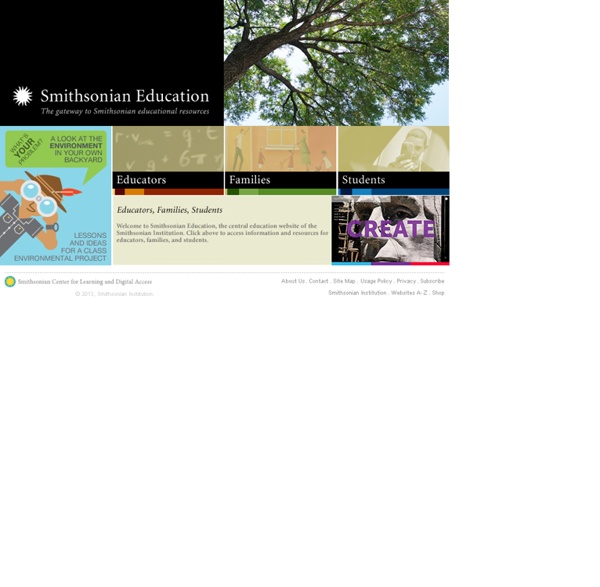



British Life and Culture in the UK Students are not hard-wired to learn in different ways – we need to stop using unproven, harmful methods In our series, Better Teachers, we’ll explore how to improve teacher education in Australia. We’ll look at what the evidence says on a range of themes including how to raise the status of the profession and measure and improve teacher quality. In health there are well-established protocols that govern the introduction of any new drug or treatment. Of major consideration is the notion of doing no harm. In education there are no such controls and plenty of vested interests keen to see the adoption of new strategies and resources for a variety of ideological and financial reasons. Teachers need to be critical consumers of research – as with medicine, lives are also at stake – yet with the best will in the world and without the knowledge and time to do so, decisions may be made to adopt new approaches that are not only ineffectual, but can actually do harm. Lack of evidence Psychologists and neuroscientists agree there is little efficacy for these models, which are based on dubious evidence.
Mindfulness William F. Laman Public Library System, North Little Rock Guide for Writers: Index Page Differentiating Your Classroom with Ease - The Brown Bag Teacher For me, differentiating no longer means creating separate games/activities/learning targets. It doesn't mean that some students do more work or students are being taught different content. It does mean tweaking activities, so they have the just-right scaffolds and pushes for my students. Believing these things, our team has developed structures and organization to help us be intentional in our planning. What do I need? Like most teacher stories, it all starts with school supplies. How do you group and organize for your groups? We flexibly group our friends into these 3 groups - green (below grade-level), yellow (on grade-level), and blue (above grade-level) for math and reading. Color-coding groups really helps with planning and organizing my small-group materials. Right behind my teacher table, I also keep these color-coded bins organized and stocked for Guided Math. When planning centers, word work, and small-group activities, I try to make copies on colored card stock.
PD 4/27/16 42explore: Thematic Pathfinders for All Ages 25 Things You Should Know About Character Previous iterations of the “25 Things” series: 25 Things Every Writer Should Know 25 Things You Should Know About Storytelling And now… Here you’ll find the many things I believe — at this moment! 1. Without character, you have nothing. 2. A great character can be the line between narrative life and story death. 3. Don’t believe that all those other aspects are separate from the character. 4. The audience will do anything to spend time with a great character. 5. It is critical to know what a character wants from the start. 6. It doesn’t matter if we “like” your character, or in the parlance of junior high whether we even “like-like” your character. 7. It is critical to smack the audience in the crotchal region with an undeniable reason to give a fuck. 8. You must prove this thesis: “This character is worth the audience’s time.” 9. Don’t let the character be a dingleberry stuck to the ass of a toad as he floats downriver on a bumpy log. 10. 11. 12. 13. The law of threes. 15. 16. 17. 18.
7 Neuroscience Fundamentals For Instructional Designers - eLearning Industry The brain is a beautiful thing. It's also one of the most complex and complicated structures known to man. Every emotion, thought, and memory involves countless chemical reactions and neural pathways. To learn new information, our minds must be primed for the task. Which is why eLearning professionals should consider these 7 neuroscience fundamentals for their Instructional Design. 1. Our brains are often likened to machines. 2. Learning isn't as simple and straightforward as some might think. 3. The human memory is finite. 4. It probably comes as no surprise that humans love rewards. 5. Everyone needs a bit of personalized praise from time to time. 6. It's a known fact that stress wreaks havoc on the body. 7. Joyful and positive eLearning experiences are more memorable. These neuroscience fundamentals give you the opportunity to create personalized eLearning courses that motivate, inspire, and engage your online learners. Would you like to learn more about the psychology of learning?
Response to Intervention | RTI | RTI Resources 7 Inspiring TED Talks on the 21st Century Curriculum 1- Dan Meyer: Math class needs a makeover A high-school math teacher, Dan Meyer says the experience of teaching within the set curriculum is like “[selling] a product to a market that doesn’t want it, but is forced by law to buy it.” His students don’t learn how to retain information, but instead, how to decode a textbook. The key, for him, lies in trusting in students’ ability to problem-solve. In this talk from TEDxNYED, he imagines lessons where kids are involved in the formulation of problems. 2- Mae Jemison on teaching arts and sciences together At TED2002, astronaut and designer Mae Jemison points out a false dichotomy: that the arts and sciences are mutually exclusive. 3- Liz Coleman’s call to reinvent liberal arts education The president of Bennington College, Liz Coleman posits at TED2009 that modern liberal arts education pushes students towards a single discipline with an exclusive viewpoint with an aversion to social values. 5- Geoff Mulgan: A short intro to the Studio School